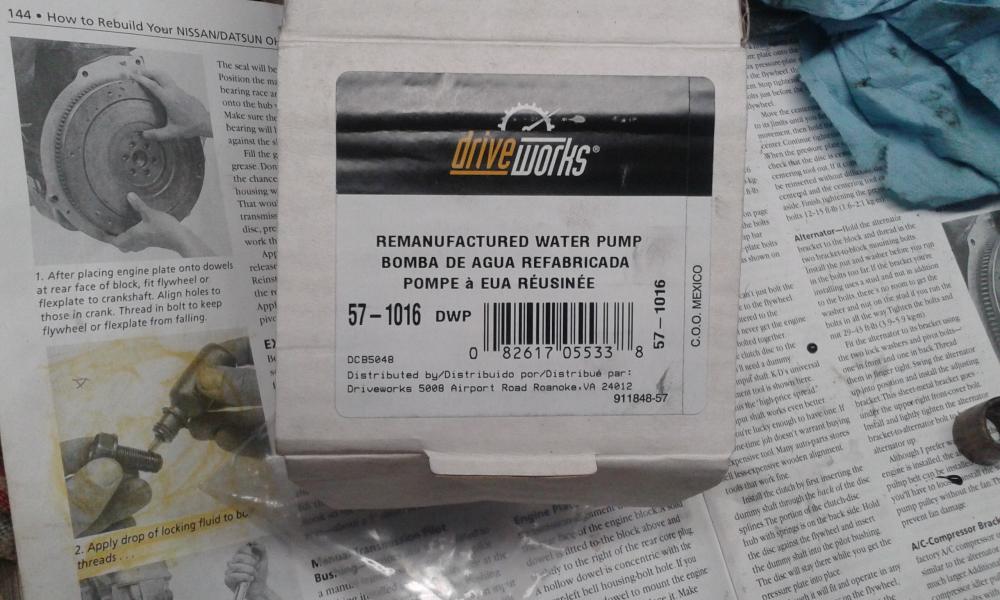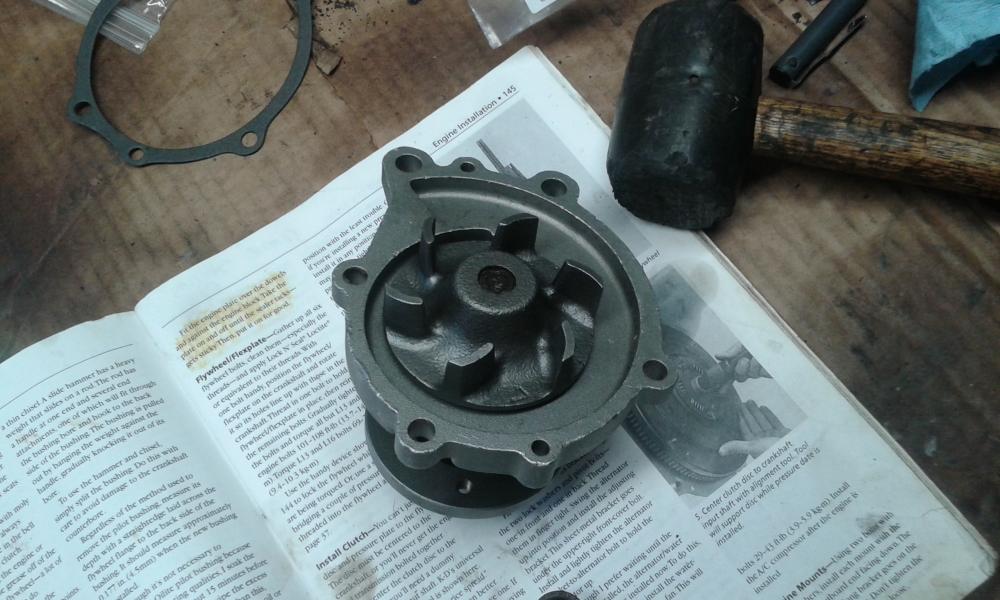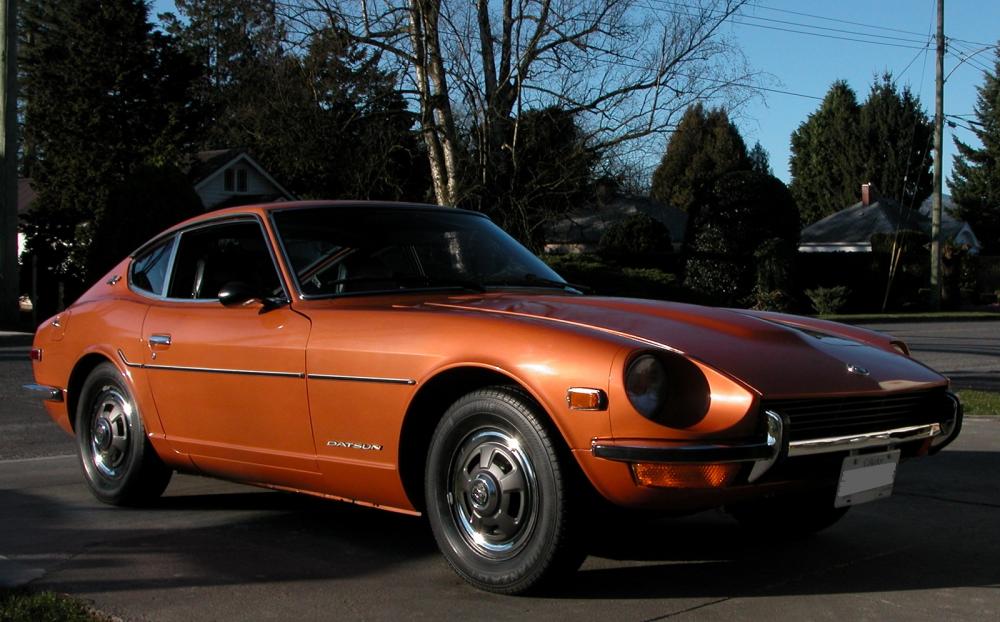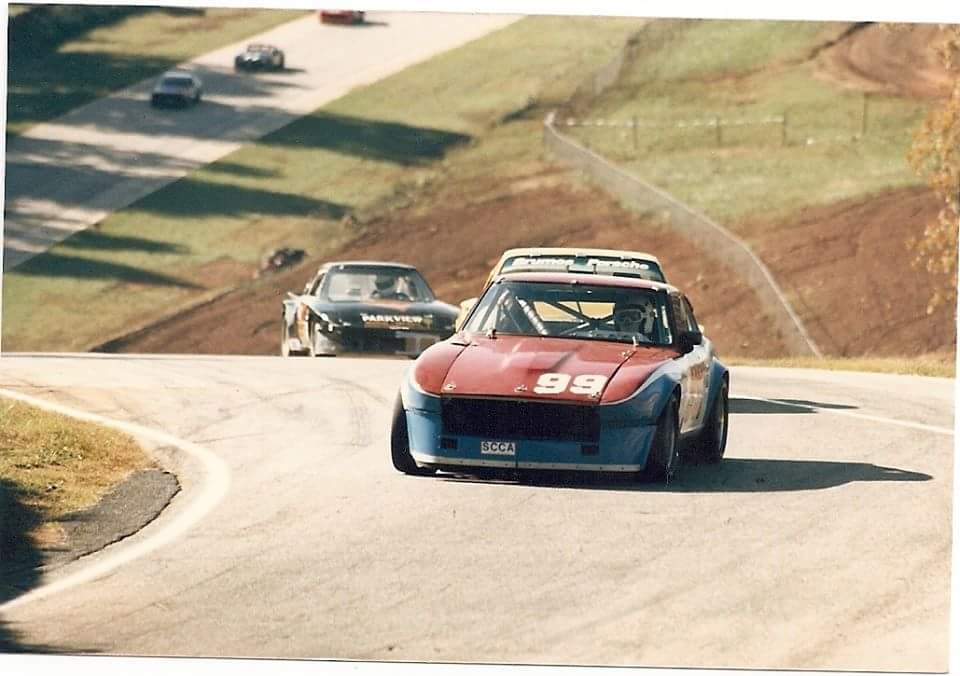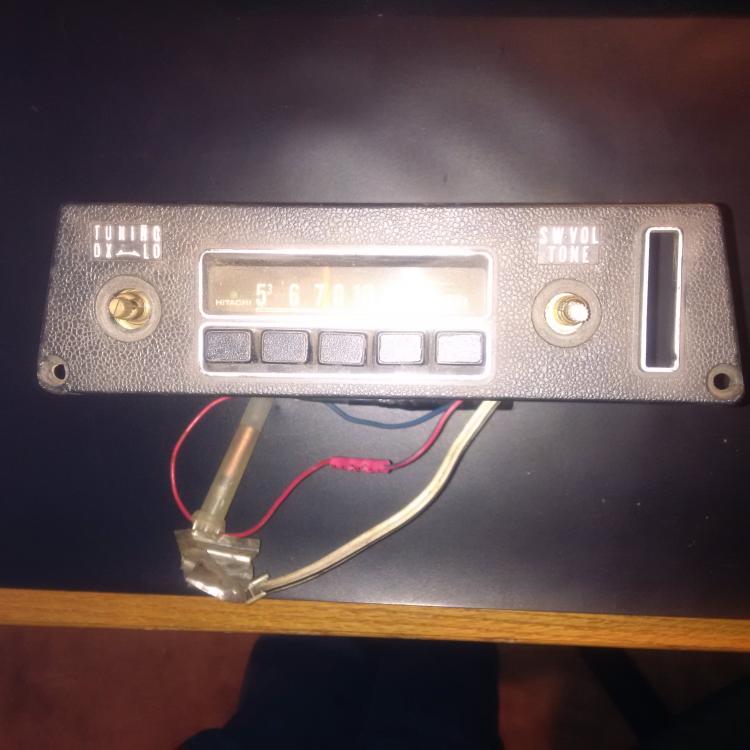For me, the 10mm method (without the engine running obviously) works and accomplishes a couple of key things. First and most fundamental, this method allows me to adjust mixture to around 2 turns down on both carbs and have an idle that is slightly rich based on a colortune sparkplug reading….plus other techniques documented where you lift the piston and analyze what happens to engine speed and recovery. Second, this method allows me to achieve a good colortune mixture off idle, at 3k rpms for instance, dependent of course on the needle profile being used. Also, if the fuel float level is set higher or lower, then it quickly becomes impossible (for me) to adjust the mixture to be more rich or more lean. And, if the fuel float level is set higher or lower, then a given piston/needle position ends up meeting the fuel float level at an unintended position. So, I am sure everyone has their own technique, and there are many, but for me this method makes logical sense in my brain and yields good results where mixture screw turns actually cause logical changes in mixture.
I am no expert at all on the science and theory of how SU carbs work but I don’t really see how having the engine running matters. There is no fuel pressure once fuel is past the needle valve. The fuel float level should (in my mind at least) remain fairly constant as long as the fuel pump can pump enough volume to keep up with consumption…..but without overwhelming the needle valve.









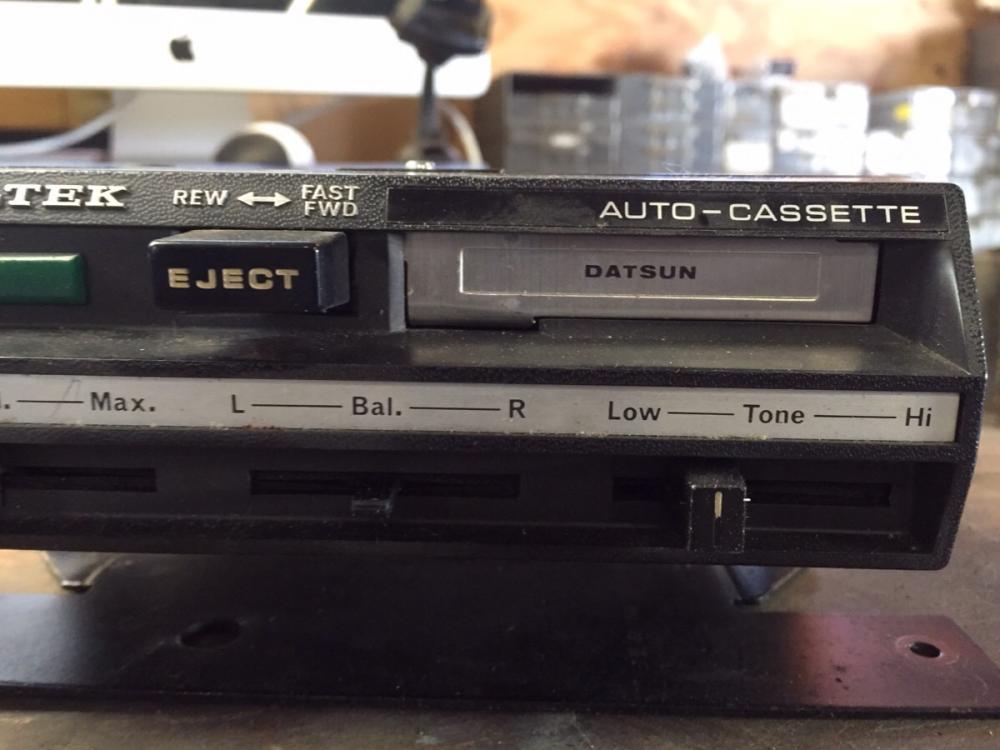
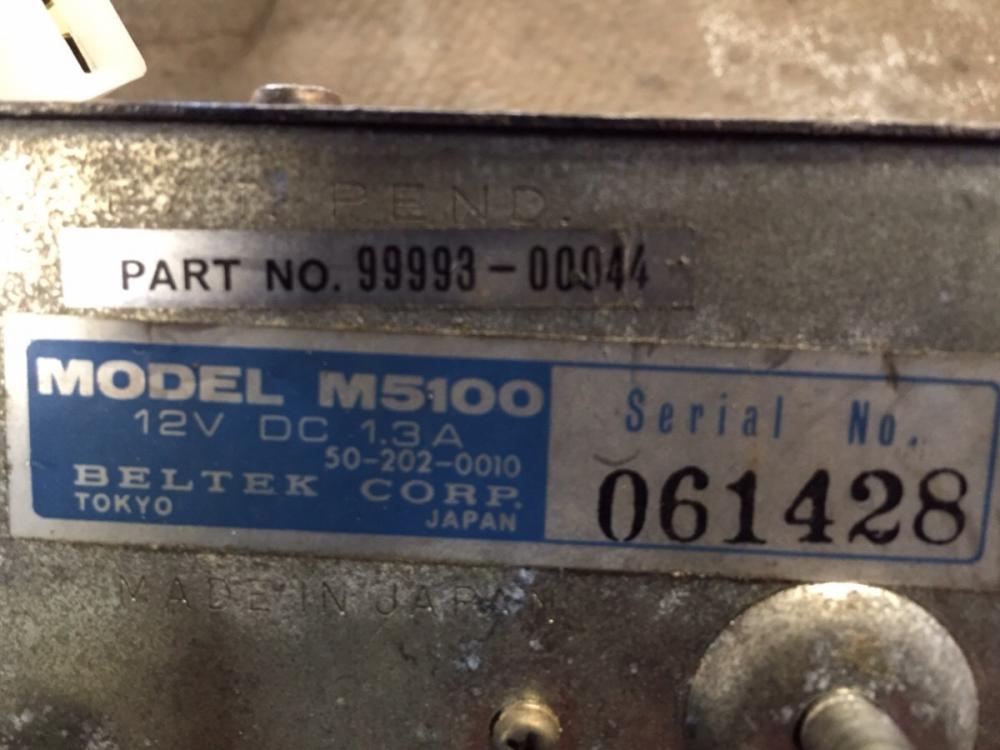
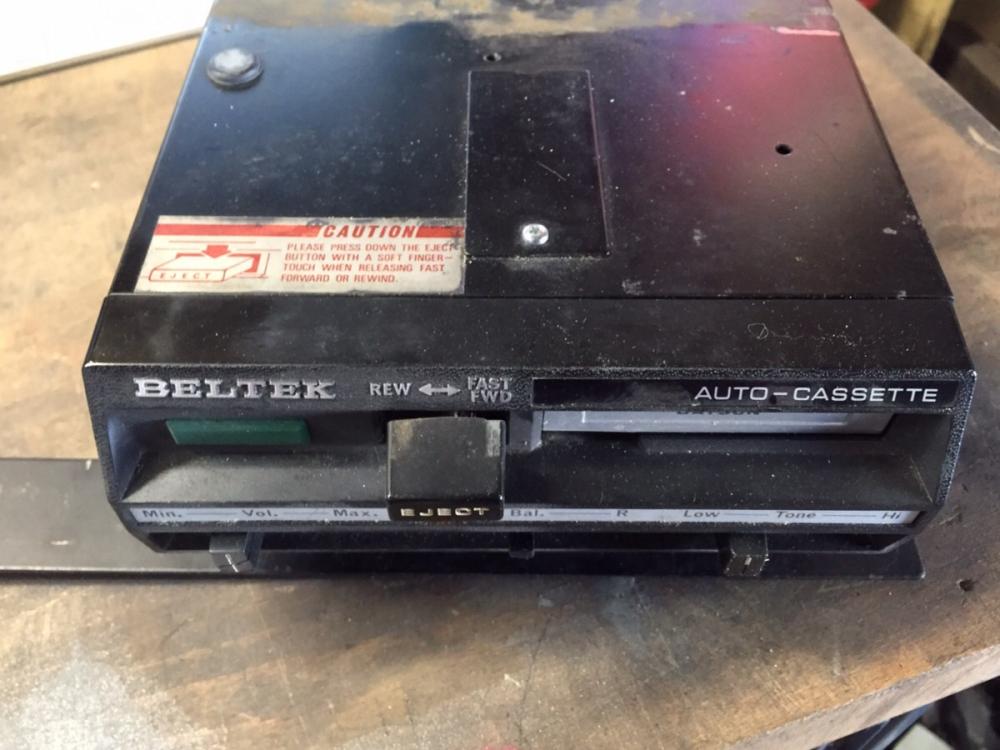






.jpg.fd196e05516f3ec50f29fd479cf64dac.jpg)

